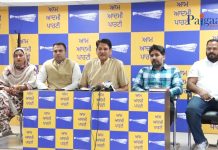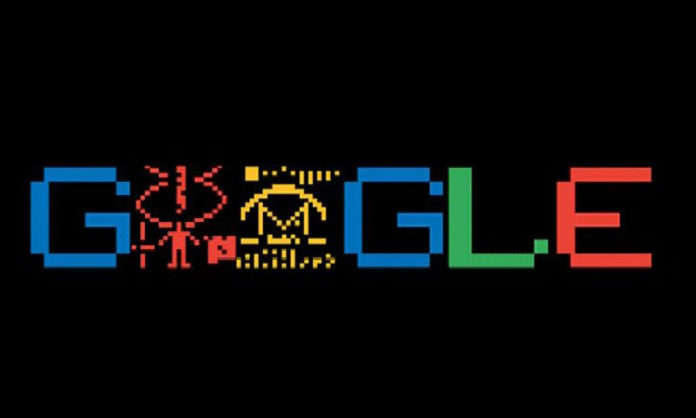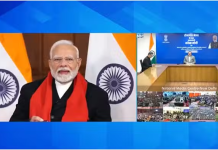New Delhi, November 16: Google on Friday celebrated humankind’s first attempt 44 years ago to communicate with intelligent life beyond our own planet with an animated doodle.
In 1974, a group of scientists gathered at the Arecibo Observatory in Puerto Rico to send the most powerful broadcast ever deliberately beamed into space, called Arecibo Message.
Their three-minute radio message was aimed at a cluster of stars in the constellation Hercules 25,000 light years away from Earth, Google said in a statement.
This historic transmission was intended to demonstrate the capabilities of Arecibo’s recently upgraded radio telescope, whose 1000-foot-diameter dish made it the largest and most powerful in the world at the time, it said.
“It was strictly a symbolic event, to show that we could do it,” said Donald Campbell, a Cornell University professor of astronomy, who was a research associate at the Arecibo Observatory at the time.
“The subject of today’s doodle lends itself to so many possibilities. Earlier concepts experimented with depicting the recipients of the Arecibo Message and their reactions,” said Gerben Steenks, doodler at Google.
The message itself was devised by a team of researchers from Cornell University led by Frank Drake.
“What could we do that would be spectacular? We could send a message!” Drake said.
Written with the assistance of Carl Sagan, the message itself could be arranged to form a pictograph representing some fundamental facts of mathematics, human DNA, planet Earth’s place in the solar system, and a picture of a human-like figure and an image of the telescope itself.
Since the Arecibo Message will take roughly 25,000 years to reach its intended destination — a group of 300,000 stars known as M13 — humankind will have to wait a long time for an answer, Google said.
In the 44 years since it was first transmitted, the message has travelled only 259 trillion miles, only a tiny fraction of the distance to its final destination, it said. — PTI
















































